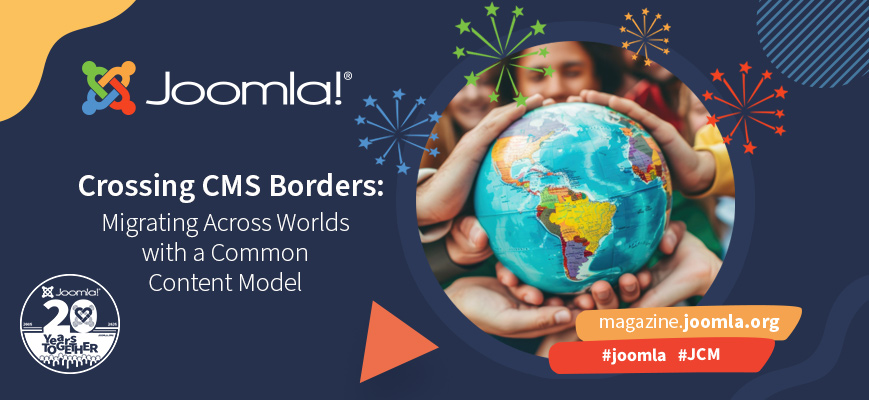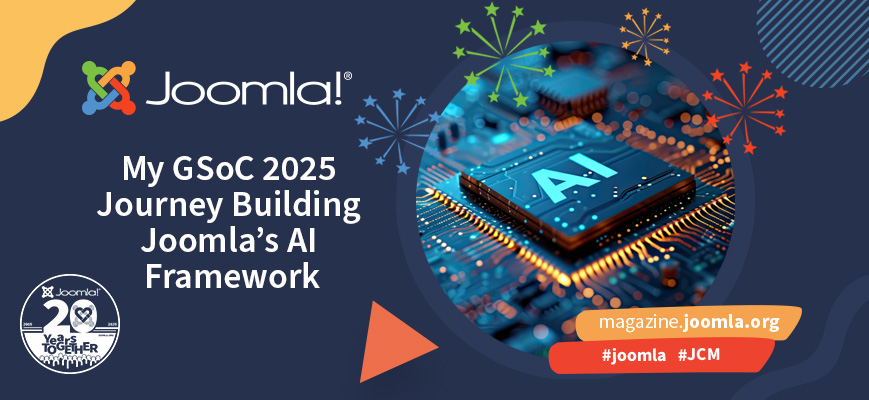Is it possible to create a timeline using only Joomla core? You probably already know the answer: yes, with a little override and a few lines of CSS ;-). This article explains how to do it using the Articles Module in Joomla. See it in action here: Joomla Milestones 2005-2025.
Twenty years of development, twenty years of commitment, twenty years of working together: if we'd ask every Joomler to create a timeline of what they consider the highlights and milestones of Joomla's first two decades, no two timelines would be the same. Nevertheless we wanted to give it a try. If you think anything is missing, please use the comments section to tell us what it is and why it should be there! And we'd really love it if you share your personal Joomla highlights as well, you can also do that in the comments. But first, have a look at our impressive timeline!
As elements are added to a stylesheet, keeping colours consistent throughout a project can be tricky. CSS functions are available to speed creation of colour variations and quickly implement changes when needed.
Love databases? I do too. I’ve always loved working with structured data, and that passion led me to develop a smart, dynamic way to migrate content from WordPress to Joomla. No scripts, fewer hardcoded hacks - a clean model and maintainable design.
Tired of juggling multiple screens just to build a workflow in Joomla?
Imagine visualizing your stages and transitions like a mind map - interactive, intuitive, and all in one place. That’s exactly what we set out to build this summer.
When I first read about the GSoC 2025 AI Framework project, I was intrigued but completely unprepared. My background was in machine learning and deep learning- totally different beasts from AI API integration. I had zero experience with APIs, no clue about AI integration in websites, and honestly, no idea how to even start. But curiosity won. I had seen other CMS platforms embracing AI capabilities and wondered: why not Joomla? AI is what everyone is seeking right now, and Joomla! could take a significant step forward by integrating AI into its platform.
In the chaotic aftermath of Hurricane Katrina in August 2005, while floodwaters surged and communications failed, a different kind of rescue operation began online. Not by emergency responders - but by coders, designers, and open-source advocates from around the globe.
You might think Hollywood heartthrob Chris Pratt and the open-source content management system Joomla have absolutely nothing in common. One blasts aliens across galaxies; the other powers websites across the internet. But hold onto your mixtapes, because the universe is smaller (and nerdier) than you think.
I still clearly remember how different the internet looked about 20 years ago. Websites were mostly built using table layouts - at the time, there were hardly any other options for structuring content. Design trends like drop shadows, rounded corners, and bright colors dominated the visual style. Mobile devices weren't a consideration yet, and responsive design simply didn't exist. Usability played a very different role back then, and content maintenance was mostly a technical task reserved for developers. For editors, it was often a real challenge.
The Joomla Community Magazine wouldn’t be here without our authors, designers and tech volunteers. On Joomla’s twentieth anniversary, let's take a moment to reflect on the work of the many volunteers who have made the JCM happen over the years.
By accepting you will be accessing a service provided by a third-party external to https://magazine.joomla.org/
 Community Magazine
Community Magazine 








